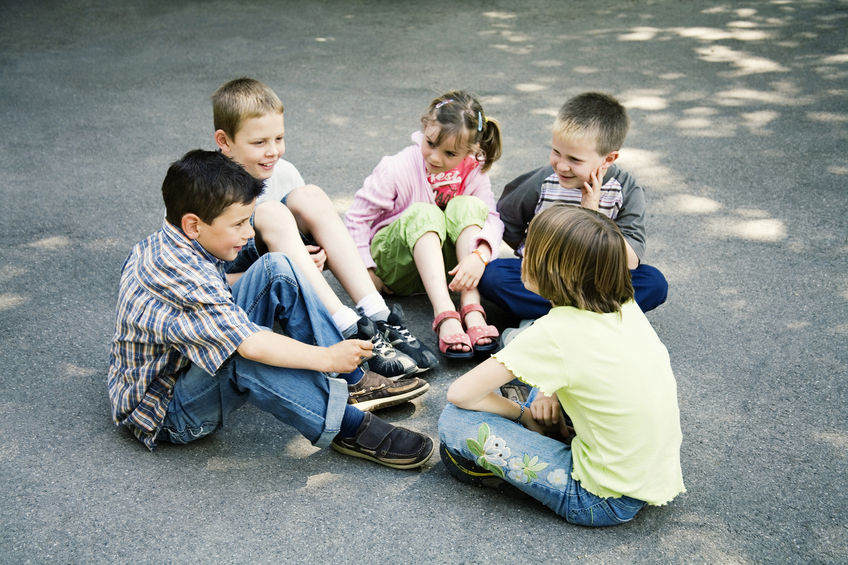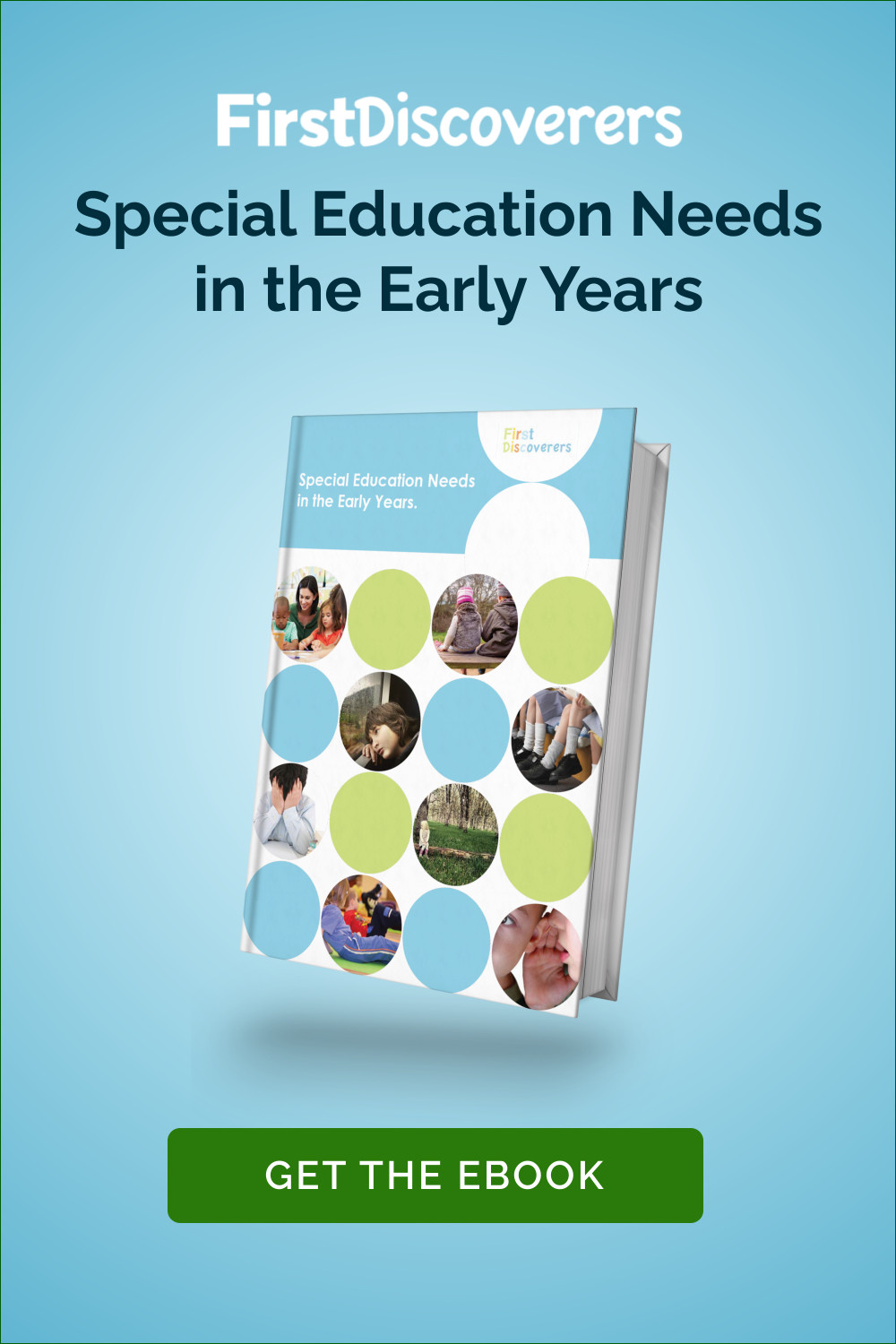
Developmental Disabilities
Children with Autism and Social Interaction
The Autistic spectrum represents a vast range of skills and traits and cannot be looked at in a linear fashion. Although autistic children can have a range of varying skills and abilities, one area that often presents challenges is in understanding social situations and social interaction.
First Discoverers reader Ahlya has three children of her own, one of which is on the spectrum. She has done extensive research into supporting herself, various family members and her oldest child, to cope with daily hurdles and develop internal strengths that will benefit them all through life on the spectrum.
In this post she breaks down the concepts and difficulties of social situations that autistic children may find challenging and provides advise to early years workers and parents on how they can help children to manage these often challenging situations.
Assisting Children with Autism to Understand Social Interaction
By Ahlya
Children with autism have a range of abilities around the spectrum. Some have strengths in verbal communication but may struggle with processing sensory information. Others may be non-verbal, but thrive on increased sensory stimulation. Both have autism, though they present very differently, and both have traits and skills valuable to their community.
One challenge they’ll both experience is their ability to interact in a social environment.

For Neurotypical (NT) (non-autistic) children, understanding vague social concepts is instinctual and learning begins at birth through interaction with others.
Autistic people’s minds dedicate certain amounts of energy to processing tasks. Because it’s not instinctual, social interaction takes up an immense amount of that energy
Children with autism must be taught the concepts of body language and “reading between the lines”. The concepts need to be applied to situations they can understand and relate to, using ‘concrete terms’ they can visualise.
Autistic people’s minds dedicate certain amounts of energy to processing tasks. Because it’s not instinctual, social interaction takes up an immense amount of that energy. Without tools to understand themselves and their surroundings, they exhaust their mind’s energy almost instantly. This means their tolerance for change and external stimulation decreases, and their only option is to protect themselves (defensive meltdown).
That’s where their community can help.
Programmes focused on teaching and strengthening social skills in autistic children are a valuable resource. Our family has recently been part of a pre-prep programme using The Incredible Flexible You(TM) curriculum set.
Below is a break-down of concepts used in the curriculum and how they can benefit children with autism or any person with autism, with social interaction:
Thoughts and Feelings
Concept: Everyone has their own thoughts and feelings, the “Theory of Mind”.
Difficulties: A child with autism feels emotions intensely, increasing their difficulty to process their environment. Their mind can only focus on one complex aspect at a time which often leads to being overwhelmed by emotions. The absence of self-awareness and lack of self-control is scary and exhausting for autistic children.
Concrete Terms: Thoughts and feelings can be associated with physical parts of the body. Thoughts occur in their head, at the centre of their senses, and feelings are felt in their heart, which the child can recognise as their changing heart-rate and adrenaline.
These concrete terms teach autistic children that, because everyone has a heart and head, everyone has their own thoughts and feelings, just like the child. Attaching the concepts to parts of the body allows the child to visualise the “theory of mind” in the real world, making it easier to understand.
Communication Tools: Try associating thoughts and feelings with everyday activities.
E.g. “I did something silly, you’re laughing at me, you’re having a thought about what I did and it was silly.”
E.g. “We’re playing your favourite game, you’re having fun, you’re having a thought about the game and you feel happy.”
Ask them what thoughts make them feel happy, excited, sad or angry.
Eye Contact
Concept: Eye contact communicates thoughts.
Difficulties: The minds of children with autism continually process everything around them just to feel secure, and eye contact creates huge amounts of added visual information. They see a face made up of many moving and changing parts, all shifting too fast, especially when the person is speaking. The child’s mind becomes overwhelmed as they try to decipher information from all around and the complex facial features at the same time. Leaving no room for their own thoughts and no way to understand and control their emotions before they overload and meltdown.
Concrete Terms: Associating eye movement with thoughts allows the child to isolate visual information and focus on the new understanding of a person’s eyes.
Communication Tools:
Try use “thinking with your eyes” at home. Request their help to retrieve an item and ask them to guess what you would like just by following your eyes.

Body Language
Concept: Placement of your body in relation to others communicates thoughts and feelings.
Difficulties: Body language is instinctual to NTs. It affects how they interact with autistic children, who value personal space highly, because physical interaction distracts them from processing their environment and makes them feel vulnerable.
Unless explicitly taught, they won’t value body language. They may want to be part of a group but also prefer lots of personal space, communicating that they don’t want to be included.
Concrete Terms: “Keep your body in the group” teaches the basics of body language. The child can look at where others are and guess what they’re thinking and feeling.
Communication Tools: Try using “keep your body in the group” at home or in a nursery environment. Relate their distance from others to what that tells everyone, and prompt them to show you what they want by moving closer to or away from others.
E.g. “I can see that you would like to join in because your body has moved closer to our group.”
Benefits for Autistic Individuals
Autistic people’s minds thrive on logical patterns, concrete terms and physical objects. These communication tools allow them to assess social interactions in concrete steps. They can focus on another’s eyes or their body’s distance, reducing the overload of intimidating and unclear external information. It also provides more choices to communicate their own needs without feeling vulnerable, building confidence and strengthening their emotional control, which improves self-awareness and well-being.
Read more about How to Teach Children with Autism here.
References







1 Comment
You must be logged in to post a comment Login